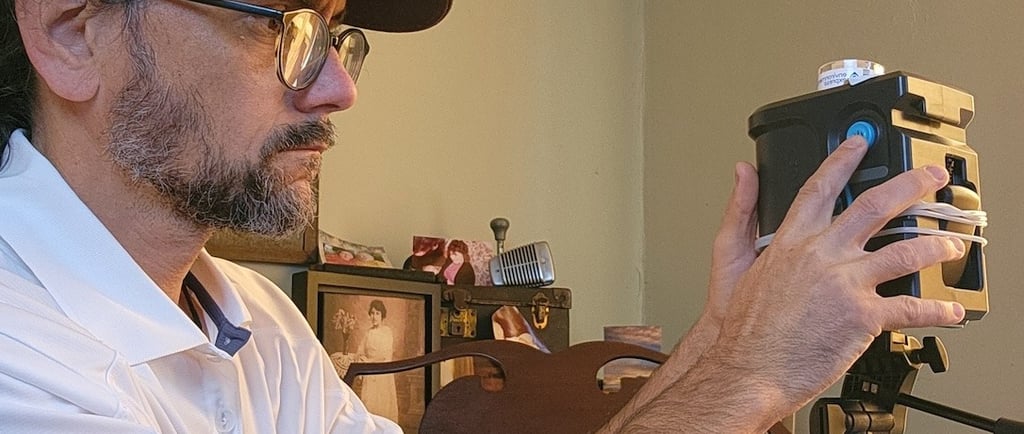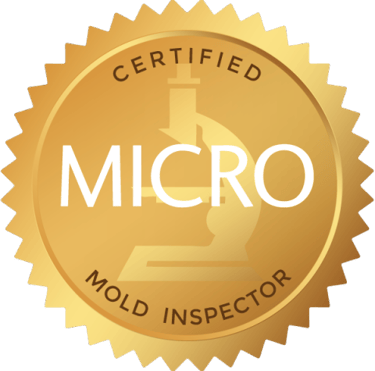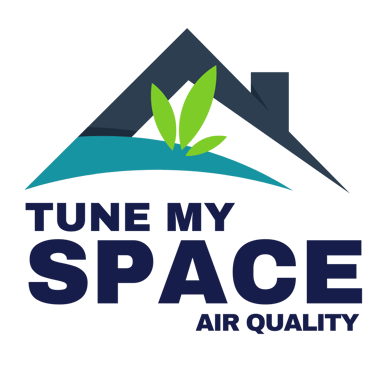Understanding Air Sampling for Mold in Your Home
This article is a homeowner's guide to understanding mold spore counts from air sampling in your home. It breaks down what different levels of mold spores per cubic meter mean, from 100 to 100,000, and what steps you should consider taking based on those levels. Since there are no specific federal guidelines for indoor mold spore concentrations, we look at recommendations from industry standards in the U.S. to help you respond appropriately to mold issues.
Rob Mezzanotte
2 min read


Understanding Air Sampling for Mold in Your Home
In the United States, while there are no federal standards for acceptable indoor mold spore counts, the building inspection industry often refers to guidelines and recommendations from various professional bodies. Here's how we interpret mold spore counts based on these industry standards:
What is Air Sampling for Mold?
Air sampling involves collecting air to analyze the concentration of mold spores, which can help identify mold issues in a building.
Interpreting Mold Spore Counts Based on US Industry Standards
Mold spore counts are measured in spores per cubic meter (spores/m³). Here’s how they're typically interpreted based on industry practices:
100 Spores/m³:
Interpretation: Generally considered within the range of what's expected from natural outdoor infiltration.
Standard: No specific standard action is required, but the American Industrial Hygiene Association (AIHA) and other bodies suggest monitoring in areas prone to moisture.
1,000 Spores/m³:
Interpretation: Indicates an increase, potentially from minor indoor sources or poor ventilation.
Standard: The American Conference of Governmental Industrial Hygienists (ACGIH) and similar organizations recommend investigating potential moisture sources or ventilation issues to prevent escalation.
10,000 Spores/m³:
Interpretation: Suggests active mold growth, exceeding typical indoor levels.
Standard: According to guidelines like those from the National Institute for Occupational Safety and Health (NIOSH) or the Indoor Air Quality Association (IAQA), immediate steps should be taken to locate and remediate mold. This isn't due to a government threshold but based on best practices for indoor air quality.
50,000 Spores/m³:
Interpretation: Indicates a significant mold issue, likely from an established mold source.
Standard: The Institute of Inspection, Cleaning and Restoration Certification (IICRC) and similar bodies advocate for rapid response to prevent further spread and damage, emphasizing the need for professional remediation.
100,000 Spores/m³:
Interpretation: Represents severe mold contamination, suggesting widespread mold growth.
Standard: Industry standards from bodies like the Environmental Information Association (EIA) or the Building Biology Institute would recommend urgent action, including comprehensive remediation and addressing root causes like persistent moisture problems.
Key US Industry Standards and Guidelines:
American Industrial Hygiene Association (AIHA): Offers guidance on mold sampling and interpretation.
American Conference of Governmental Industrial Hygienists (ACGIH): Provides bioaerosol assessment and control recommendations.
National Institute for Occupational Safety and Health (NIOSH): Focuses on health implications in occupational settings, which can be extrapolated to residential environments.
Indoor Air Quality Association (IAQA): Provides standards for indoor air quality, including mold.
Institute of Inspection, Cleaning and Restoration Certification (IICRC): Sets standards for mold remediation.
Environmental Information Association (EIA): Offers guidance on mold and environmental health.
Building Biology Institute: Promotes healthy building practices, including mold management.
Conclusion
While there's no direct federal regulation dictating acceptable indoor mold spore counts, these industry standards guide our actions in the US. They provide a framework for proactive mold management to ensure building health and occupant comfort. If you need visual aids to explain these standards or the condition of your property, I can generate images for you. Remember, the focus is on preventing mold growth to maintain property integrity and value.
TUNE MY SPACE LLC
Afton , Virginia 22920
support@tunemyspace.com




